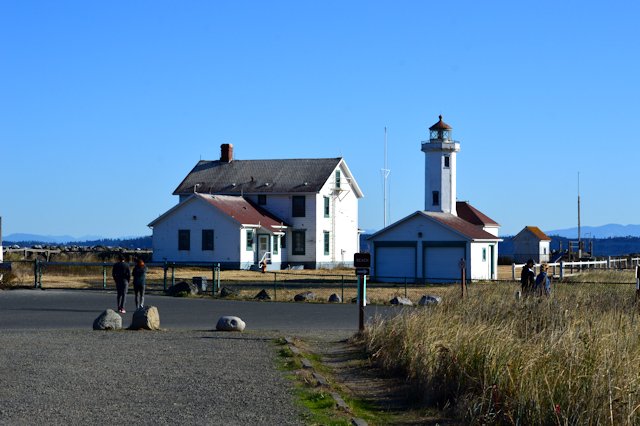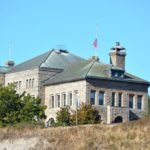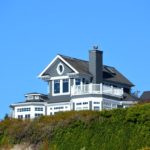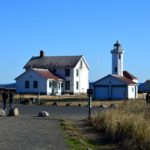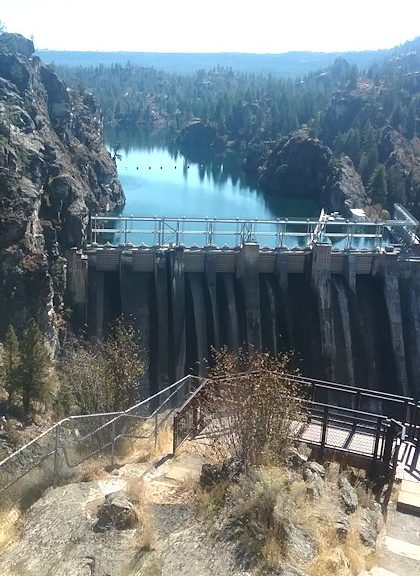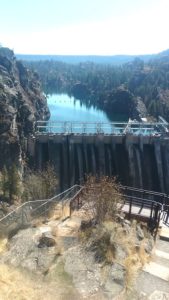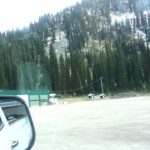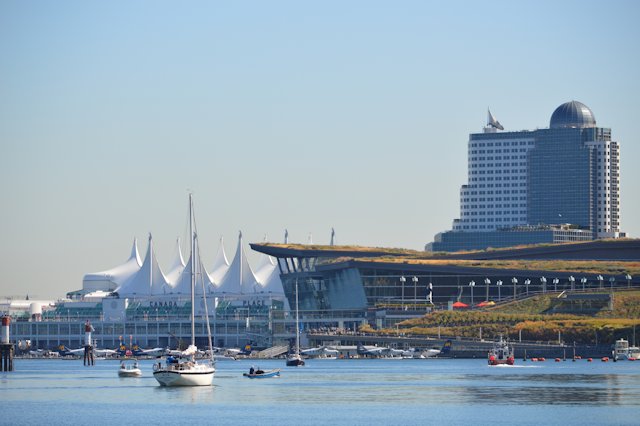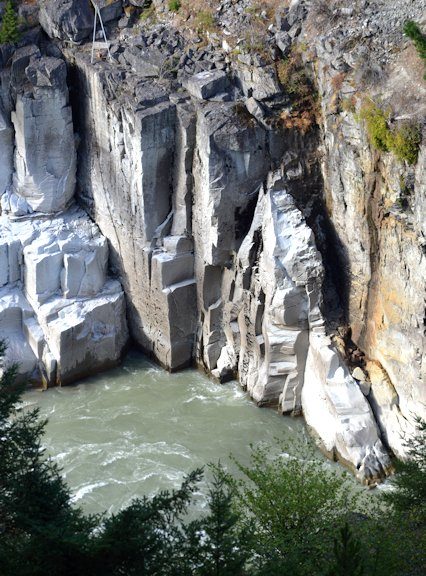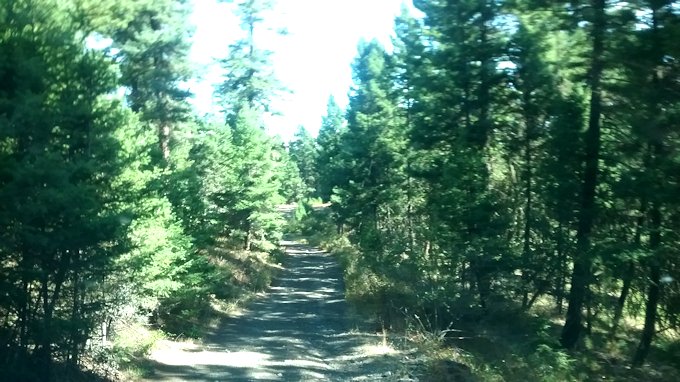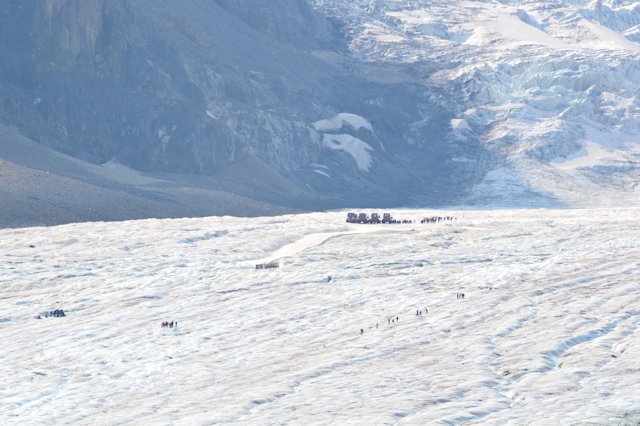While staying near Kamloops for a few days we visited the Lac Du Bois protected grasslands. This area, in central B.C. about halfway between the coast and the Canadian Rockies, is considered a semi-arid region, some call it a desert.
It does resemble southern California! Brown grass, sage and small scrub plants, gravelly soil. We were told it hadn’t rained for a few months, but it rained the day we arrived and we got soaked setting up.
The maps showed several roads running through the protected grasslands area. Although they were listed as dirt roads we hoped they wouldn’t be too rough and we wanted to see the area. The website for the grasslands area indicated that the area got quite a few visitors.
We planned to drive to the west part of the protected area and take a dirt road up into the hills and drive east to connect to the main road, Lac Du Bois Rd, and take that north. Then, we would hook up to another road going east that would take us to the major river in the area and back down into the city.
Well, on the western edge of the area we found the road listed as Red Rock Rd, but it was gated off and was a mountain biking or hiking road only. Oh oh!
So we backtracked and found the main road, Lac Du Bois Rd, and headed north on that. We went through some beautiful countryside and we were both reminded again of the southern Ca. area – maybe up around Julian in August or September.
We passed a few cars and trucks travelling on the road. We found the road that we planned to take heading east to the river, and turned. There were signs indicating that there was a camp area for local schoolkids nearby. The area quickly turned from open grasslands to forest with pines and other large trees everywhere. Very pretty!
Well, we drove and drove. The level dirt road got narrower and bumpier. After a while we started hitting potholes filled with water so we couldn’t see how deep they were. Some were very deep! I bounced up out of my seat several times and poor Laddy was just trying to hunker down in the back seat. We had to stop once as several cows were laying in the road; they did get up and move out of the way.
We came to an area with some slight switchbacks so we felt we were getting closer to the river. Down and around we went, bouncing around and scraping the sides of the truck on branches.
Then, we came to a washed out streambed. There had been a bridge at one time and it was gone. We looked around and found a place where someone had obviously gone through the stream but it looked like an ATV or maybe a dirt bike or mountain bike tracks. Not a large vehicle!
Dang, after all that we had to turn around and go back through all the potholes. But, we did make it back to the Lac Du Bois dirt road which by that time felt like a freeway! Backtracking all the way, we made it back to the city of Kamloops and stopped for lunch as the trip was a lot longer than we thought it would be.
Later I re-read the website material and still couldn’t see any indication that the roads were closed to vehicles/unsafe/washed out/whatever. Dang!
Here are a few pictures of the grasslands and the narrow road we drove down:
the grasslands with larger mountains in the background
the road is little more than a cowtrail at this point and still we went on
a view to the river from the cowtrail we were on
another view of the grasslands (2)
another view of the grasslands

